
“Almost 60% of dogs are obese or overweight,” says recent veterinary statistics and that’s only one of many sneaky challenges some breeds bring into a household. For would-be dog owners, the urge to select a pup based on cuteness or popularity alone may be tempting, but veterinarians get to see the rest of the story: the chronic medical problems, the behavior challenges, and the lifestyle incompatibilities that turn a dream pet into a daily grind.
Certain breeds are undoubtedly lovable but bring quirks or requirements with them that require considerable dedication. From dogs never seemed to need sleep to dogs with medical expenses that might match the cost of a small car payment, the wake-up call is worth hearing before you succumb to those piercing eyes. Based on professional opinions and breed-oriented medical information, here’s an up-close look at the breeds veterinarians themselves tend to avoid and why.

1. Dachshund: The Stubborn Charmer With a Delicate Back
Dachshunds are “very stubborn” and likely to suffer from extreme separation anxiety, according to veterinarian Amir Anwary. If left alone, they will keep barking for hours on end, something that may be a deal-breaker for those having neighbors or a 9-to-5 job outside the house. Apart from temperament, their long spines also make them extremely vulnerable to intervertebral disc disease (IVDD), a conditions of pain that can cause the loss of mobility.
Since their tiny bodies can gain weight rapidly, extra poundage only exacerbates back problems. The owners have to watch out for diet and exercise, as well as steering clear of stunts like leaping off the furniture. Though they may be lovable and lively, the mix of training difficulties and health hazards makes them a household demanding a patient, active family.

2. French Bulldog: Cute, Costly, and Medically Complicated
Anwary calls French Bulldogs “a cute, adorable little abomination,” adding that they’re frequent vet visitors for breathing, skin, and spinal issues. Their short noses render them a high-risk group for Brachycephalic Obstructive Airway Syndrome, so heat and exercise become hazardous. Skin fold dermatitis, chronic ear infections, and allergies are also prevalent, with many requiring lifelong care.
Mobility problems such as hip dysplasia and IVDD can manifest as young as age two, and surgical procedures be it for airway correction or orthopedic repair are not uncommon. A Royal Veterinary College study revealed that more than 72% of Frenchies have one or more major health issues. Their personalities may be charming, but future owners need to be prepared for intensive care and high vet expenses.
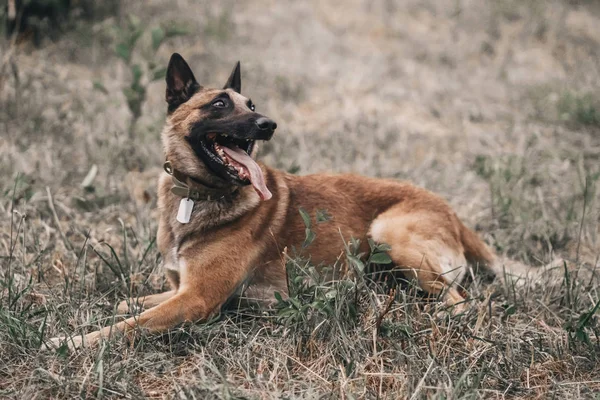
3. Belgian Malinois: The Tireless Working Machine
“This is not a dog, this is a machine,” Anwary warns. Belgian Malinois thrive on constant physical and mental stimulation, excelling in police, military, and agility work. Without it, they can become destructive, anxious, or even aggressive. Their loyalty and intelligence are unmatched, but so is their need for a job.
Even when in good health, they need 1–2 hours of hard daily exercise and organized training. They may be susceptible to hip and elbow dysplasia, allergies, and progressive retinal atrophy, but their greatest challenge is keeping up with their energy level. In most busy families, fulfilling their requirements is a full-time job.
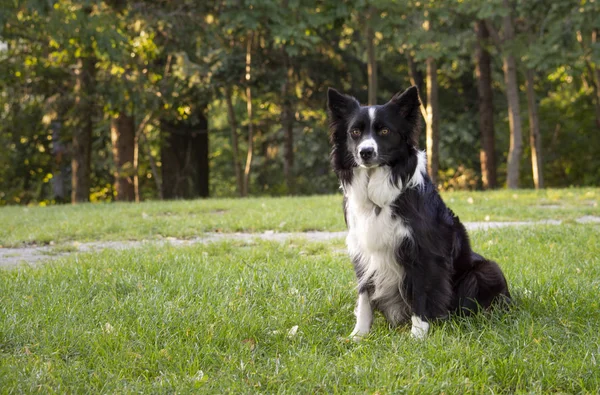
4. Border Collie: Brilliant, Busy, and Easily Bored
Border Collies are revered as among the smartest breeds, but that intelligence is paired with almost boundless energy. Anwary observes they “always need physical and mental stimulation,” or they will become destructive. They were originally used for herding, so they may attempt to herd kids, pets, or even adults if they do not have appropriate outlets.
Health-wise, they are prone to hip dysplasia, epilepsy, and Collie Eye Anomaly, which may result in blindness. They need a home where they can work either in sports, obedience, or actual herding so they are a misfit for couch potatoes.

5. Labrador Retriever: The Lovable Overeater
Labs are notoriously affectionate, but their voracious appetite can be bad for their health. Anwary refers to them as “vacuum eaters,” and studies indicate sporting breeds such as Labs are 10% more likely to be highly food-motivated than mixed breeds. Add that to their genetic propensity for obesity, and common issues such as hip dysplasia become more probable.
They’re also susceptible to exercise-induced collapse, which is a condition that may lead to sudden weakness following exercise. For owners who can resist pleading eyes and maintain strict diet control and daily exercise, Labs are able to thrive but without that restraint, they can end up with a lifetime of weight-related illness.

6. Siberian Husky: The Escape Artist With Endless Energy
Although not on Anwary’s personal no-go list, numerous dog professionals advise against Huskies for novice owners. They have a thick double coat that sheds profusely, and their endurance requires daily extended runs. If they do not get enough exercise, they will become destructive or plan their next great escape.
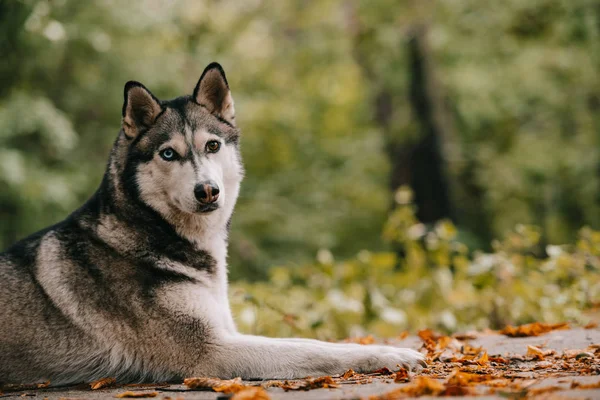
Huskies are well-natured but can develop cataracts, hip dysplasia, and even zinc deficiency. Their pack dog personality makes them wonderful friends for families with lots of action, but their independent nature and strong prey drive necessitate safe fencing and regular training.
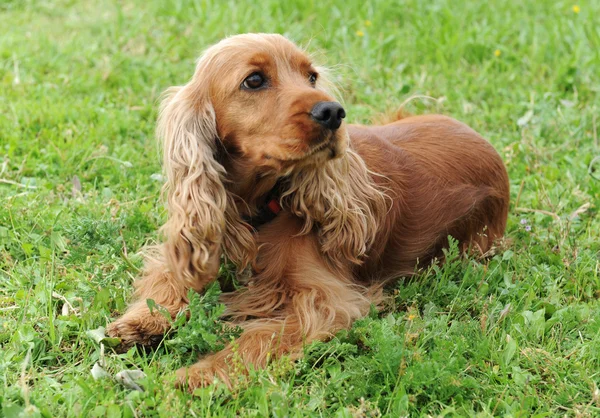
7. Cocker Spaniel: Sweet-Faced but High-Maintenance
Cocker Spaniels sweep people off their feet with their beautiful flowing coats and sweet nature, but they’re susceptible to continual ear infections because of their long, droopy ears. Grooming regularly is a must, and their coats may need to be professionally groomed several times a month.
They are also at greater risk of cataracts, progressive retinal atrophy, and patellar luxation. Affectionate and comfortable in smaller residences, their grooming and well-being requirements place them in a more challenging decision than their size would indicate.
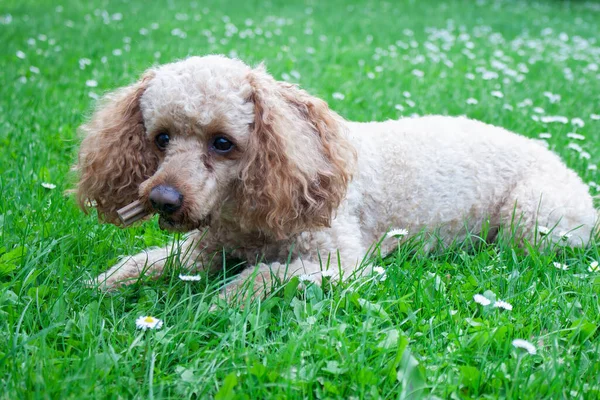
Breed selection is as much about self-knowledge as it is about dog characteristics. The breeds veterinarians and rescue workers commonly shun aren’t “bad” canines they’re just high-maintenance in ways that can sweep inexperienced owners off their feet. Knowing the health hazards, behavior patterns, and lifestyle requirements ahead of time allows potential dog parents to make informed decisions that result in more harmonious, healthier relationships for both human and canine.


